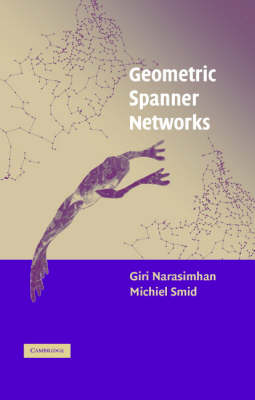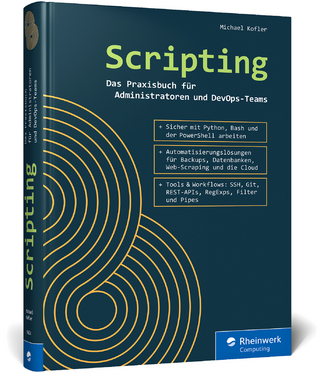
Geometric Spanner Networks
Cambridge University Press (Verlag)
978-0-521-81513-0 (ISBN)
Aimed at an audience of researchers and graduate students in computational geometry and algorithm design, this book uses the Geometric Spanner Network Problem to showcase a number of useful algorithmic techniques, data structure strategies, and geometric analysis techniques with many applications, practical and theoretical. The authors present rigorous descriptions of the main algorithms and their analyses for different variations of the Geometric Spanner Network Problem. Though the basic ideas behind most of these algorithms are intuitive, very few are easy to describe and analyze. For most of the algorithms, nontrivial data structures need to be designed, and nontrivial techniques need to be developed in order for analysis to take place. Still, there are several basic principles and results that are used throughout the book. One of the most important is the powerful well-separated pair decomposition. This decomposition is used as a starting point for several of the spanner constructions.
Giri Narasimhan earned a B.Tech. in Electrical Engineering from the Indian Institute of Technology in Mumbai, India, and a Ph.D. in Computer Science from the University of Wisconsin in Madison, Wisconsin, USA. He was a member of the faculty at the University of Memphis, and is currently at Florida International University. Michiel Smid received a M.Sc. degree in Mathematics from the University of Technology in Eidenhoven and a Ph.D. degree in Computer Science from the University of Amsterdam. He has held teaching positions at the Max-Planck-Institute for Computer Science in Saarbrucken, King's College in London, and the University of Magdenburg. Since 2001, he has been at Carleton University, where he is currently a professor of Computer Science.
Part I. Introduction: 1. Introduction; 2. Algorithms and graphs; 3. The algebraic computation-tree model; Part II. Spanners Based on Simplical Cones: 4. Spanners based on the Q-graph; 5. Cones in higher dimensional space and Q-graphs; 6. Geometric analysis: the gap property; 7. The gap-greedy algorithm; 8. Enumerating distances using spanners of bounded degree; Part III. The Well Separated Pair Decomposition and its Applications: 9. The well-separated pair decomposition; 10. Applications of well-separated pairs; 11. The Dumbbell theorem; 12. Shortcutting trees and spanners with low spanner diameter; 13. Approximating the stretch factor of Euclidean graphs; Part IV. The Path Greedy Algorithm: 14. Geometric analysis: the leapfrog property; 15. The path-greedy algorithm; Part V. Further Results and Applications: 16. The distance range hierarchy; 17. Approximating shortest paths in spanners; 18. Fault-tolerant spanners; 19. Designing approximation algorithms with spanners; 20. Further results and open problems.
| Verlagsort | Cambridge |
|---|---|
| Sprache | englisch |
| Maße | 185 x 260 mm |
| Gewicht | 1060 g |
| Themenwelt | Mathematik / Informatik ► Informatik ► Netzwerke |
| Mathematik / Informatik ► Informatik ► Theorie / Studium | |
| ISBN-10 | 0-521-81513-4 / 0521815134 |
| ISBN-13 | 978-0-521-81513-0 / 9780521815130 |
| Zustand | Neuware |
| Haben Sie eine Frage zum Produkt? |
aus dem Bereich


